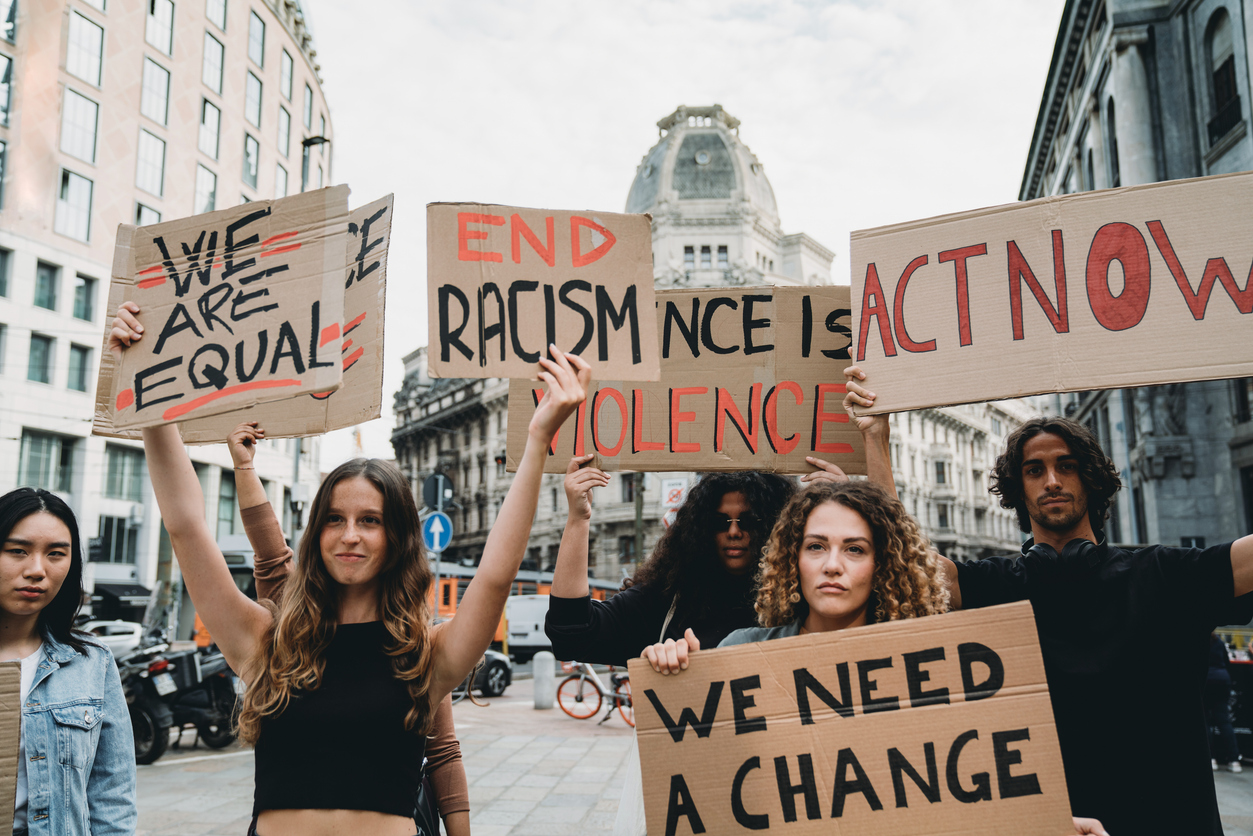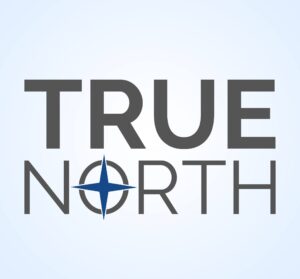

Chuong Nguyen and Mark Milke, True North, June 8, 2024
It turns out that there are more white Canadians in poverty than all other ethnicities combined, and yet considerable government “anti-poverty” resources exclude those Canadians on the basis of…skin colour. This comes from a new study released last week by the Aristotle Foundation.
Fifty years ago, the goal of progressive policymakers was to be colour-blind. Today, “Thou shalt not be colour blind!” is the new “anti-racism,” at least according to progressives.
The lack of logic is eerily cultish and begs the questions: How did we get to the point where not judging someone by their skin colour is considered racist?
Blame bad ideas and politicians.
For example, in 2018, the federal government developed its new “anti-racism strategy,” and focused on those presumed to have “lived experiences of racism and discrimination,” with a particular focus on Indigenous Canadians.
Those leading the charge may be well-meaning but an ideology that defines “anti-racist” as colour-conscious in 2024 and forces everyone into one of two corners—the oppressor or the oppressed—is not merely simplistic but dangerous. Case in point: the tragic suicide of Toronto school principal Richard Bilkszto last year, blamed in part on his denouncement and humiliation by an ‘anti-racist’ training consultant, Kike Ojo-Thompson.
So where did this come from? The popularity of “anti-racism” can be traced back to the rise in prominence of Ibram X. Kendi, a best-selling author and scholar of American race relations. In 2016, Kendi published Stamped From the Beginning.
It was an earnest attempt to look at the history of racist ideas in America—but full of simplistic thinking and wrong cause-and-effect links. At least Kendi got part of his anti-racism assumptions correct, writing that “no racial group has ever had a monopoly on any type of human trait or gene—not now, not ever.”
However, Kendi then did a 180-degree turn, accusing Martin Luther King, Jr.’s ideas of containing the seeds of hidden racism. In his 2019 book, How to Be An Anti-Racist, he asserted that “The language of color blindness…is a mask to hide racism.”
As a work of scholarship, How to Be an Antiracist did not meet the standard of academic rigour. But as a work of propaganda, it exceeded anyone’s wildest imaginations. ‘Antiracism’ became the buzzword in American and Canadian political discourse after the killing of George Floyd in June 2020. The social unrest sparked by this act of injustice boosted the sales of Kendi’s book, all the while making its author the most sought-after authority on America’s ‘racial reckoning.’
Kendi’s name is becoming synonymous with ‘anti-racism’. But the thinking public will take him less and less seriously, once they take the time to examine what ‘anti-racism’ truly means.
For one, Kendi’s work is simplistic. For example, core to his thinking and analysis is that all differences in outcomes between cohorts (defined by colour) are the result of racism. He omits education levels, cultural differences, family dynamics, geography (Indigenous, like all Canadians, earn more in cities than in rural areas), and much more that matters to financial success or failure.
The good news is that Kendi is at least clear about his true intentions: “What’s the problem with being ‘not racist’? It is a claim that signifies neutrality… (T)here is no neutrality in the racism struggle.’”
But the bad news is that Kendi’s ‘anti-racism’ is not that—precisely because he wrongly assumes all differences in outcomes are a result of racism, which is mono-causal. This leads him to state “The only remedy for past discrimination is present discrimination.” This is how modern ‘anti-racism’ can advocate discrimination and claim to be anti-discrimination at the same time.
It’s also why Columbia linguist John McWhorter remarked that “Third Wave Antiracism is not a philosophy but a religion,” and why it’s only a matter of time before the public realizes that Kendi-ism is nonsensical or racially divisive, or both.
However, before the public wakes up to Kendi’s ‘anti-racism’ bathed in racism, the tragedy of living by lies is that the most vulnerable suffer while those who promote the lie pat themselves on the back.
Consider when race and not financial need is the criterion for anti-poverty funding. Few in poverty benefit, as Matthew Lau and David Hunt find in their new study for the Aristotle Foundation for Public Policy. For instance, well over 80 per cent of each Statistics Canada cohort—including black and Indigenous Canadians—are not in poverty. Thus, race-based funding under the guise of “anti-poverty” overwhelmingly benefits those who are not in poverty, while excluding the truly poor. Specifically, the government’s black-only and Indigenous-only anti-poverty programs each exclude around 95 per cent of poor Canadians. How is such policy fair—or sensible?
In Canada, poverty is not linked to race, yet ‘anti-racism’ is what drives the poverty-reduction agenda.
For the sake of the actually disadvantaged, it is time we reject ‘anti-racism’ and its pseudo-scholarship and racial-identity politics. Thankfully, the High Priest of Antiracism has successfully painted himself into a corner. It’s only a matter of time before more people see Kendi’s contradictions.
Chuong Nguyen is a research associate with the Aristotle Foundation for Public Policy and host of the Unlicensed Philosophy podcast.
Mark Milke, PhD, is the author of The Victim Cult and the president and founder of the Aristotle Foundation for Public Policy.
Like our work? Think more Canadians should see the facts? Please consider making a donation to the Aristotle Foundation.
SUBSCRIBE TO OUR NEWSLETTER
